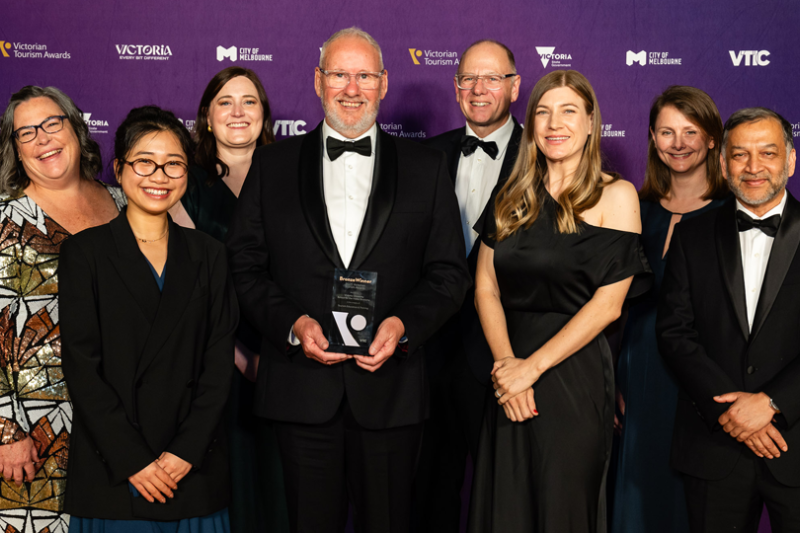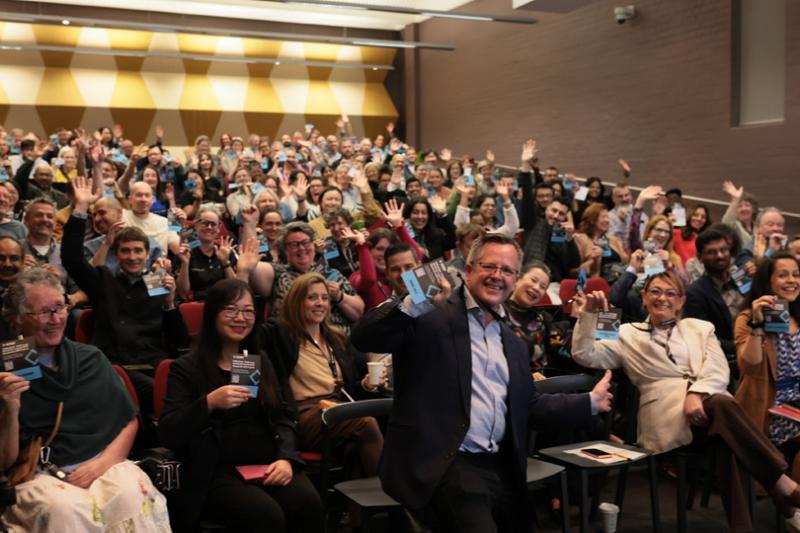VU diabetes research recognised

Diabetes is a leading cause of a number of serious health conditions, including blindness, heart disease, kidney failure and amputation. Established in 1991, World Diabetes Day aims to create awareness about this global health issue.
At a World Diabetes Day event held in Melbourne, VU’s (Institute for Health and Sport, IHES) Associate Professor Itamar Levinger was the recipient of a $60,000 DARP (Diabetes Australia Research Program) award at a reception celebrating innovative diabetes research.
“This grant means we’ll have the opportunity to keep exploring ways to fight insulin resistance and Type 2 diabetes,” said Levinger.
Other researchers involved in the project, entitled Uncovering the therapeutic role of osteocalcin in hyperglycaemic settings: effect on older adult’s myotubes include: Alba Moreno (IHES), Gustavo Duque (Australian Institute for Musculoskeletal Science and the University of Melbourne, AIMSS), Cassandra Smith (IHES and AIMSS), Xuzhu (Steve) Lin (St Vincent Institute), and Tara Speranza (University of Sydney).
“One of the most challenging conditions of the 21st century is the ageing effect on muscle mass, strength and function, known as sarcopenia (degenerative loss of skeletal muscle mass), which often results in falls and fractures. Importantly, it can also lead to insulin resistance and Type 2 diabetes, which in turn can further reduce muscle mass and function,” said Levinger.
We are an ageing population – as of 2017, 15% of Australians (3.8 million) were aged 65 and over and these figures will continue to climb. “There will be significant cost to individuals and the community as our population ages and our sedentary behaviours continue. The skeleton, via the hormone osteocalcin, may provide a novel avenue to prevent loss of muscle mass, strength and the development of insulin resistance and Type 2 diabetes," adds Levinger.
"Thanks to the DARP funding, the research team plans, for the first time, to test whether “osteocalcin can affect muscle from older-adults, which is a vital step in translating our findings from animal models to humans, in pursuing novel drug interventions for both sarcopenia and Type 2 diabetes.”



